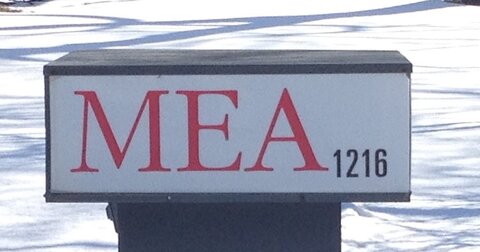Schools in Poorer Towns ‘Poorly Funded’ — If You Don't Count All Their Funding
State union cites Rutgers study, national union gave gifts to authors’ employers
Michigan’s largest teachers union is promoting a myth that public schools in poorer communities get less funding than those elsewhere. Maybe that’s true in some states, but not here. State data and records show that some of Michigan’s poorest communities have the best-funded public schools.
On its website, the Michigan Education Association highlights a study from Rutgers University and the Education Law Center that asked the question, “Is School Funding Fair?” The union says there are three “Michigan public school districts among a list of 55 across 20 states with the most inequitable funding, according to a new report. Dearborn, Kalamazoo, and Lansing are the Michigan districts that made the list of 55 districts nationwide with higher than average student poverty and lower than average resources when state and local revenues are combined.”
But that information is incomplete and paints a false picture. The Michigan Department of Education posts data each year showing the total per pupil funding amounts for every school district in the state. The most recent information is for the 2015-16 school year and it shows that all three of those school districts received higher than average state funding, not lower.
For example, Kalamazoo Public Schools’ general fund received $10,474 per pupil from state and local resources. Gull Lake Community Schools, about 12 miles away, received $9,323 per pupil from state and local resources, 12 percent less than Kalamazoo.
The 2015-16 statewide average was $9,066 per pupil from state and local resources.
The district in Lansing received $11,519 per pupil, while in the much more affluent community of Okemos, the school district got $10,019. Although the report cited by the MEA doesn’t include the amount of federal money that schools also get, other sources show that Lansing received $1,751 per pupil from Washington and Okemos received $593. This gave schools in the lower income community an even greater funding advantage over their wealthier neighbor.
Dearborn received $9,867 per pupil from state and local resources in 2015-16, similar to most Wayne County districts. For example, Livonia Public Schools received $9,847 per pupil. The big exception was Detroit, where schools received $11,254 per pupil in state and local funding and then another $2,972 per pupil from Washington.
The state union’s article also failed to disclose that Rutgers has benefited from financial support from its parent union, the National Education Association. A financial disclosure form the union must file under federal law says that the NEA gave $41,045 to Rutgers University and $150,227 to the Education Law Center in 2016 for staff training.
Rutgers Professor Bruce Baker, one of the authors of the study, didn’t return an email seeking comment.
Michigan Capitol Confidential is the news source produced by the Mackinac Center for Public Policy. Michigan Capitol Confidential reports with a free-market news perspective.


 MEA head boasts of membership growth, but numbers tell a different story
MEA head boasts of membership growth, but numbers tell a different story
 Paraprofessional in Traverse City gets MEA decertified and replaced
Paraprofessional in Traverse City gets MEA decertified and replaced
 Michigan Education Association’s power is on a long decline
Michigan Education Association’s power is on a long decline